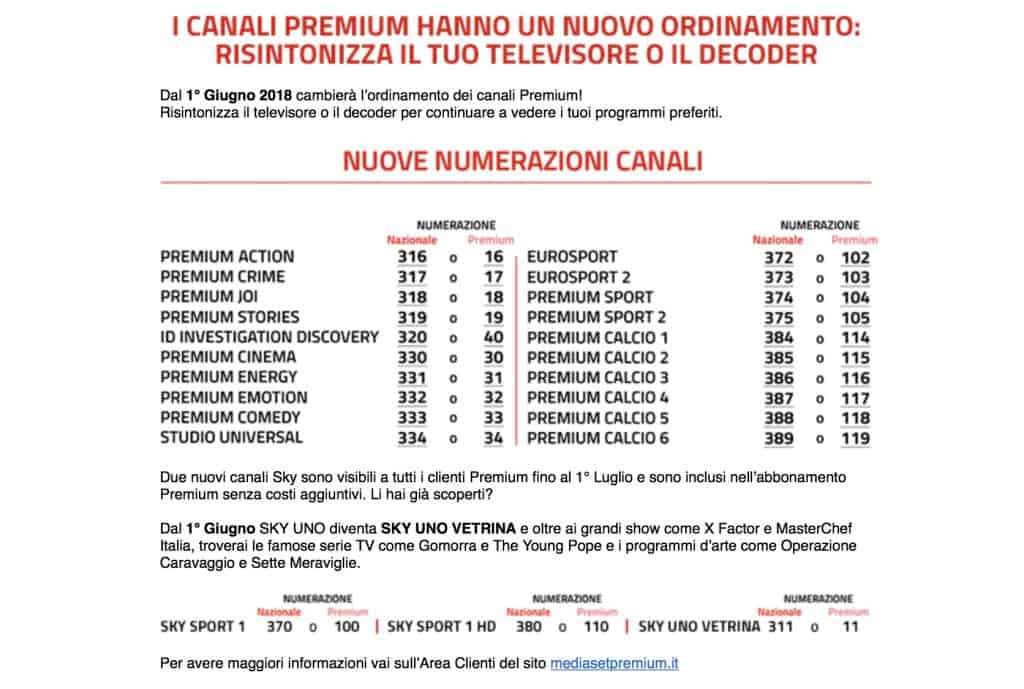

The following are exempt from paying the licence fee:ĭon't own a television or television reception equipmentĪ declaration of non-possession or exemption must be submitted Getting registered and the first paymentĪny issues regarding the management of the TV fee should be People residing abroad with a home in Italy equipped with a television set are also required to pay subscription fees.įee payment is also due by holders of a satellite or ground digital television set subscription, even if such equipment is used only for receiving cable or foreign origin broadcasts. People living in furnished flats who do not own the television set they use are also required to pay the TV tax. However, there is only one payment per household, covering all television sets that the subscribers have for their own private use in the main house as well as in any second home, and for all the members of the family. The tax must be paid regardless of whether these channels are used by a household. This fee of 90 euros (2020 rate) is incorporated into the This is used to subsidise the public television stations (Rai 1, Rai 2, Rai 3).

In Italy every house, office, or car using a radio or television has to pay a TV tax, ( Canone Rai). The Ministro dello Sviluppo Economico has published a practical guide to digital TV in Italy.

In order to improve picture quality, it may be necessary to replace the current aerial with a ‘high gain’ type or to change its position to point directly towards a transmitter. Digital terrestrial television has led to the increase in free-to-air national channels.ĭTT decoders or set top boxes can be connected to non digital television sets and are widely available on the Italian market. Italy finished broadcasting in analogue in July 2012. Note: there are very few English-language broadcasts in Italy.

Multi-standard European TVs and VCRs with automatic switching circuitry are available from electronics suppliers. The Italian system is PAL, therefore a non-PAL compatible television in Italy will not receive a signal or be able to broadcast sound and picture. This means that a TV signal (or video) produced for one system will not work on machinery that's been designed for another. The three standards are not compatible with each other. Most of Western Europe, Australasia and Southern Africa use a system called PAL.The system used in the US, Canada, Japan and some other countries is called NTSC.There are three main television/video standards in use throughout the world. Getting to grips with TV standards, understanding where and how to pay the radio and TV licence fees, and what's available to the TV viewer in Italy.


 0 kommentar(er)
0 kommentar(er)
